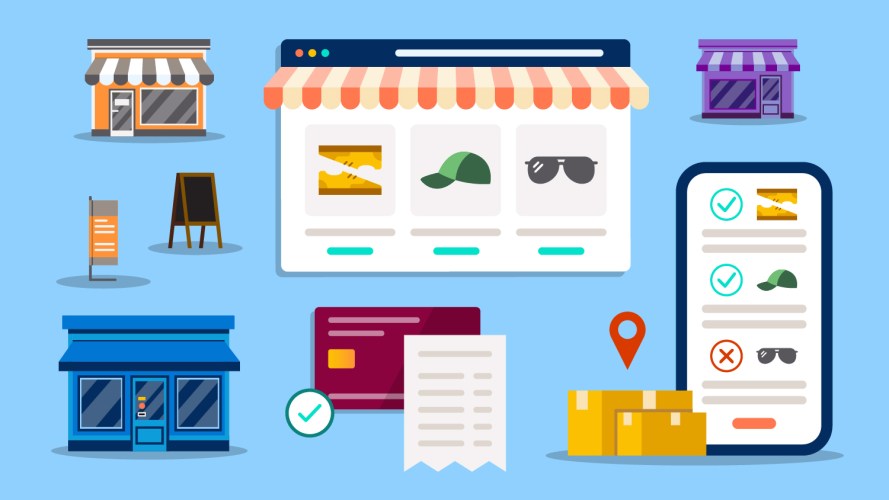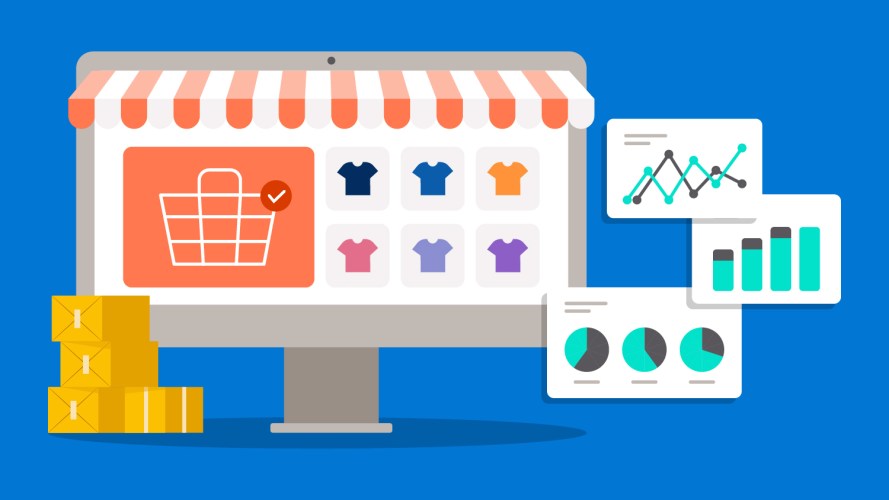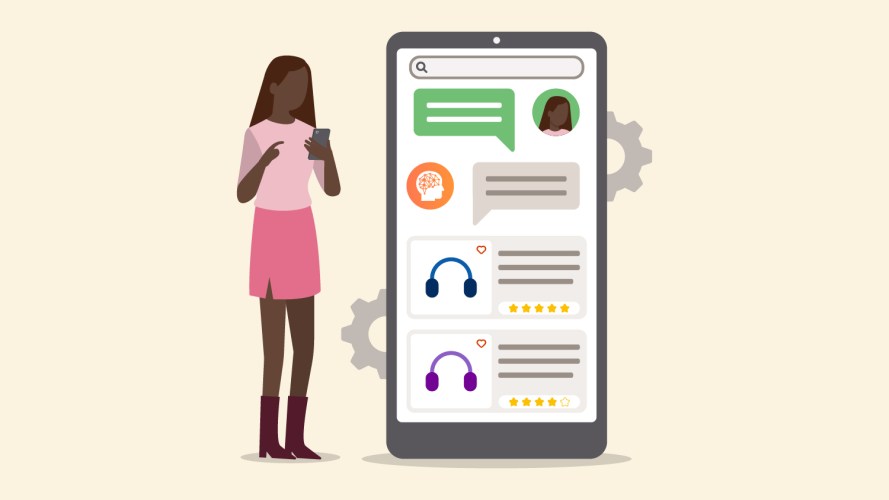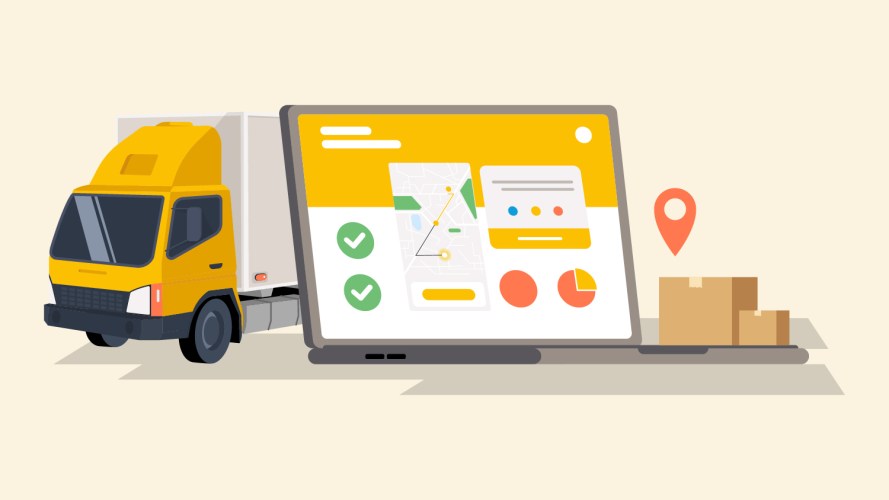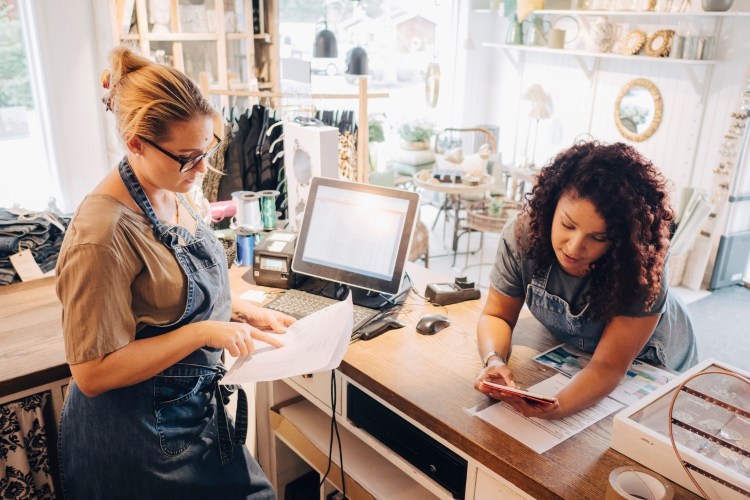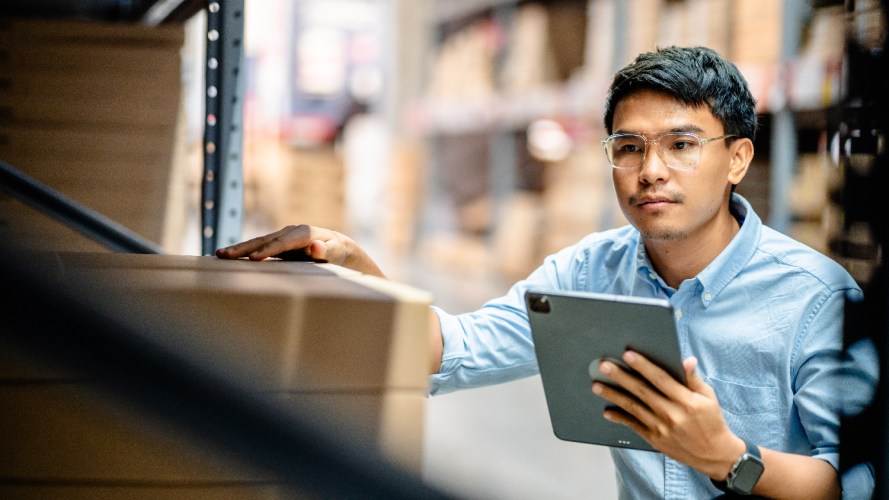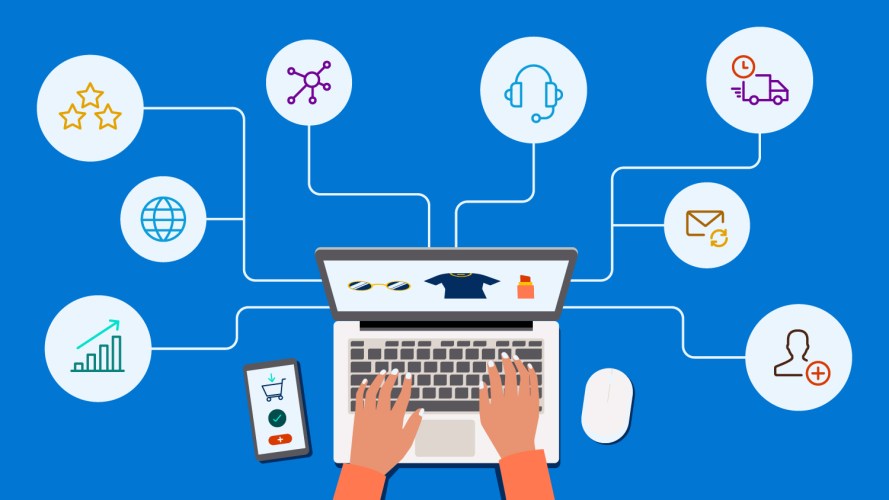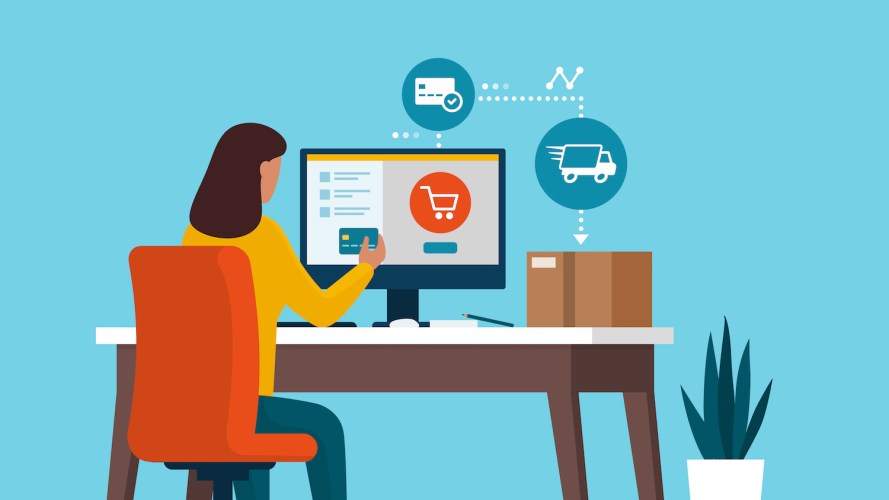What’s on Tap for the Alcohol Industry? Going Direct To Consumer



Online alcohol sales quadrupled in April and became the fastest-growing category among consumer packaged goods.

Adriana Bourgoin
In the midst of a pandemic, a political transition, and an economic crisis, we all could use a drink. One survey of U.S. adults found a 14% increase in alcohol consumption starting early in 2020. Since in-person celebrations have stopped, happy hours have gone virtual, and many bars and restaurants are operating at limited capacity, more people are raising a glass at home.
At the same time, more consumers have embraced online ordering – and global digital sales have skyrocketed. Alcohol is no exception. Online sales quadrupled in April, compared to the previous year and it became the fastest-growing category among consumer packaged goods. Millennials, who tend to prefer craft and convenience, order up hard seltzer alongside food, fashion, and leisure products. Older generations enjoy restocking the wine fridge without risking COVID-19 exposure.
It all comes together to create an incredible opportunity for alcohol companies to go direct to consumer (D2C). Most alcohol companies still rely on third-party distributors like liquor stores. A D2C channel, like an e-commerce website, makes it possible to capture more demand for products, solve distribution challenges, and control every part of your customer experience.
Let’s explore why it’s time to serve up D2C experiences.
Compete against industry disruptors
Even before the pandemic, upstarts were finding ways to make ordering alcohol easier. Drizly, Saucy, Thirsti, and Instacart have gained popularity by matching consumers with retailers. These services allow consumers to shop by brand instead of relying on a specific retailer’s product availability. Consumers simply search for the exact brand and product they want and the apps do the work to find a nearby retailer with the product in stock and arrange delivery.
To compete against these disruptors, reclaim the customer experience with your D2C channel. Create a website that goes deep on your brand. Share its backstory, explain production processes, and showcase the best ways to enjoy the drink with recipes and ingredients lists. If you aren’t quite ready for e-commerce, you can connect customers with local retailers. Or embed e-commerce directly on your website and handle fulfillment yourself.
Gain a deeper understanding of your customer
Seventy-nine percent of consumers say the experience a company provides is as important as its products and services, but most alcohol producers know too little about their customers to meet these expectations. A D2C channel gives you access to valuable, first-party customer data you need to improve your products, operations, and experience. You can:
- Analyze the effectiveness of offers, product displays, and content
- Create robust brand engagement through loyalty programs
- Identify new business lines, such as subscription services
- Make the supply chain more agile by redirecting product to meet demand
Artificial intelligence (AI) takes it a step further by analyzing your data to deliver personalized experiences at scale, which is an imperative today. Fifty-two percent of customers expect offers to always be personalized — up from 49% in 2019. You can create tailored marketing messages, deliver enticing promotions, and make every service interaction more personalized, incorporating customer feedback. Aperitif producer Haus sells and sends flavors like spicy cherry and lemon lavender directly to consumers, and iterates products quickly based on their feedback.
Navigate distribution challenges
Laws governing the sale and distribution of alcohol vary widely by state, locality, and even proof. Most consumers still buy alcohol from stores, but about a dozen states allow shipments directly to consumers. Other states require customers to pick up orders from retailers. California mandates order cancellation if the recipient is visibly intoxicated. Age verification, of course, is required everywhere.
A D2C ecommerce site built on a platform like Commerce Cloud can handle these complexities for you. The regulatory details are coded in the system and automatically apply based on the customer’s ZIP Code. That frees up your team to focus on products and customers, rather than legal requirements.
A D2C channel helps you to get your products to customers even if you don’t have a retail partner nearby and increases brand awareness which consumers may act on later, like when they encounter your product in a store.
Get toast-worthy results
Even when the pandemic is over, the after-work cocktail, the glass of wine with dinner, and the backyard beer will remain essential for many. Digital buying behaviors are likely to stick as well:more than half of consumers say they’ll continue to order essential goods online once COVID-19 is conquered.
Ready to raise a glass to new opportunities for your brand?
See how you can launch a D2C channel quickly with Salesforce Commerce Quick Start Solutions.




